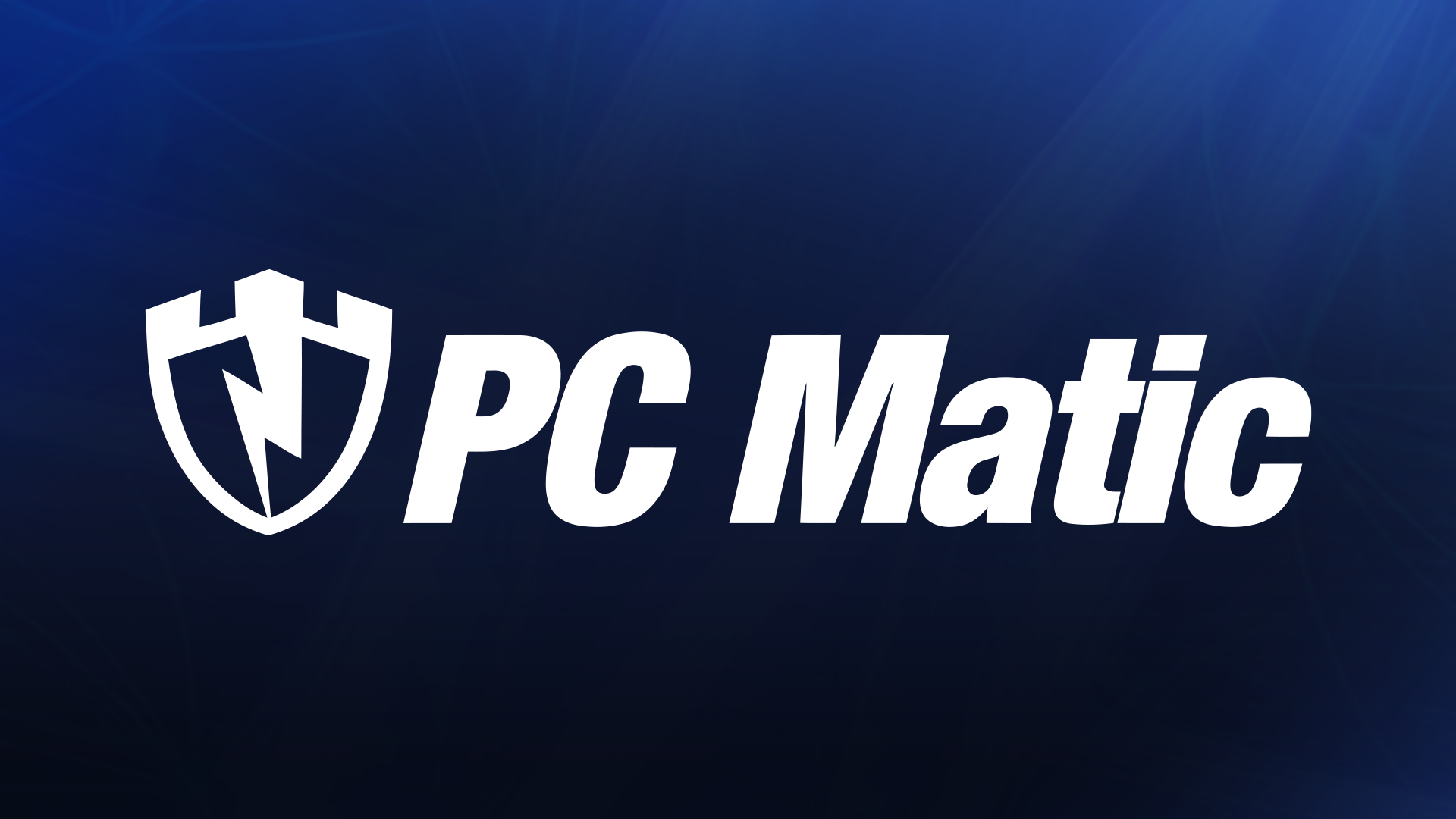
By Harry McCracken
Sixteen questions (and answers!) on the new, almost-finished version of Microsoft’s next OS.
Windows 7 is here–sort of. Yes, Microsoft still isn’t talking about when it’ll ship the final version–all evidence suggests it’ll be sometime this Fall–but the company is unleashing the Windows 7 Release Candidate today. It’s a free, all-but-final version of the operating system, and it’ll work until March 1st, 2010 before Microsoft forces you to uninstall it or overwrite it with a paid-for copy of the final edition. In short, if you’re itching to give Windows 7 a try, you can.
I’ve been using Windows 7 in various prerelease incarnations since last October, and for the more part, I’ve liked what I’ve seen. (So did most of the Technologizer community members who took our survey on the beta.) For the past few days I’ve been running the Release Candidate–mostly on an Asus EeePC 1000HE, and to a lesser extent on a Dell XPS M1330 laptop. (Full disclosure: The latter machine was loaned to me by Microsoft for Windows 7 testing.)
I’ll be writing about this beta a lot in the coming months–right up until the time that I get my hands on a version of W7 that’s even closer to being ready to roll. After the jump, some questions and answers about the Release Candidate and Windows 7 in general.
1. So should I use this Release Candidate?
The usual caveat applies, at least officially: Don’t use pre-release software for mission-critical work. You might break a PC that’s working well, or discover that some of your applications are incompatible only after you’ve installed W7. That said, I’ve preferred prerelease versions of Windows 7 to Windows Vista for months now–even though it’s an unfinished product, it’s run faster and more smoothly on every computer I’ve put it on than theoretically time-tested Vista.
I’ve also had good luck with compatibility–I’ve installed Microsoft Office 2007, Google Chrome, Adobe Acrobat and Photoshop, and other applications, and they’ve all run just fine. My Verizon USB EVDO modem works, too. Even Symantec’s Norton 360 security suite didn’t completely choke–security suites aren’t really supposed to work on new versions of Windows–although I did get an error message about an incompatible heuristics driver. (Symantec says it’s finishing up work on a Win 7-friendly version of the product.)
The biggest glitch I’ve encountered so far: My HP OfficeJet Pro 7500 doesn’t seem to want to install, even when I use W7’s compatbility feature to attempt to fool the HP installer into thinking that it’s in Windows Vista. I’m not done troubleshooting it, though–and come to think of it, getting it to work with my Mac was also a struggle.
In short, I don’t think you have to be foolhardy or even particularly brave to take Windows 7 for a test drive. I would, however, recommend installing it alongside your current version of Windows rather than an top of it. You’ll have no choice if you’ve got Windows XP–W7 doesn’t support XP upgrades. But even on a machine that currently runs Vista, I wouldn’t advise overwriting a shipping OS with a prerelease one. It’s simply safer to keep your old OS on hand in case anything goes wrong.
[This post is excerpted with Harry’s permission from his Technologizer blog.]


